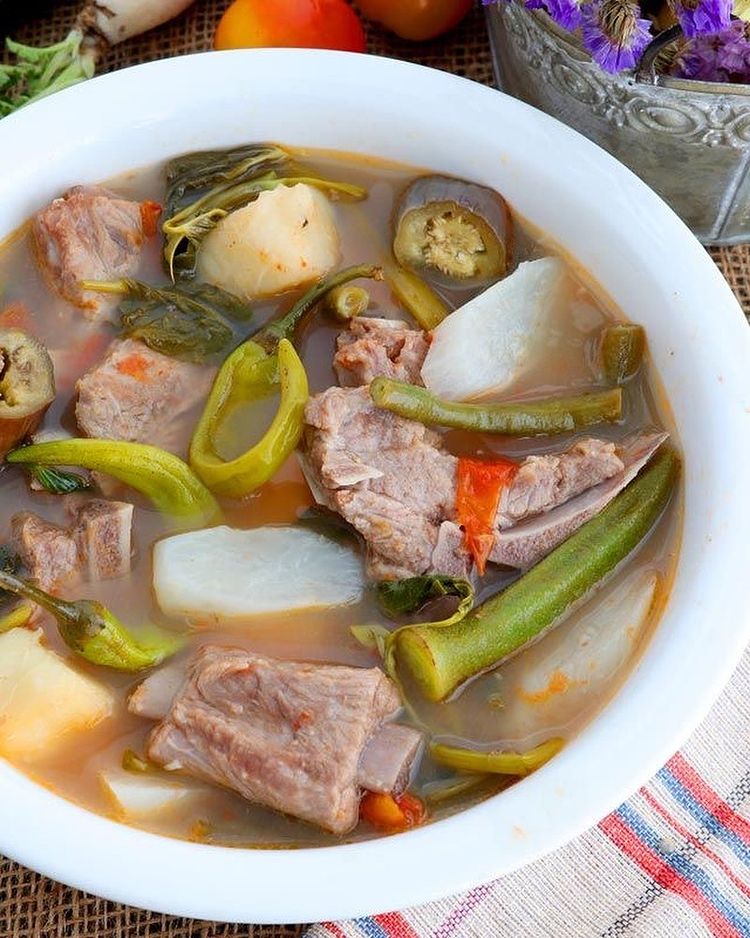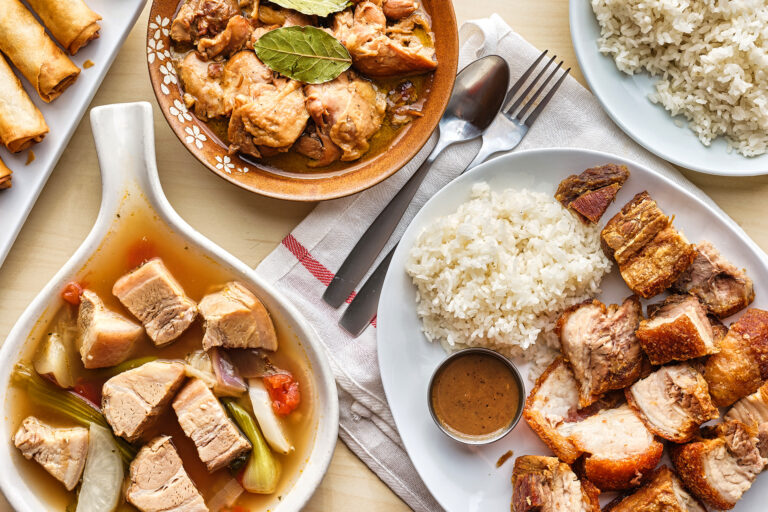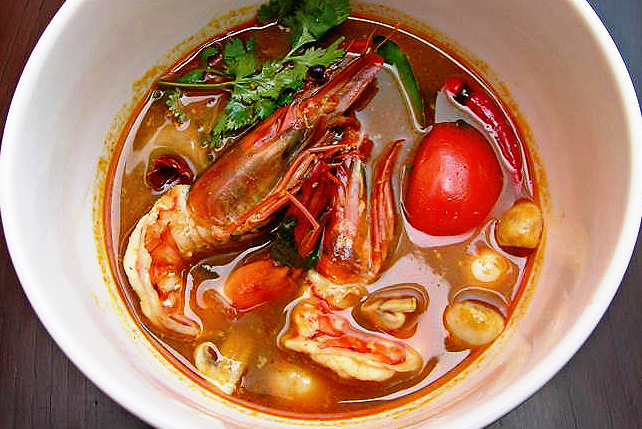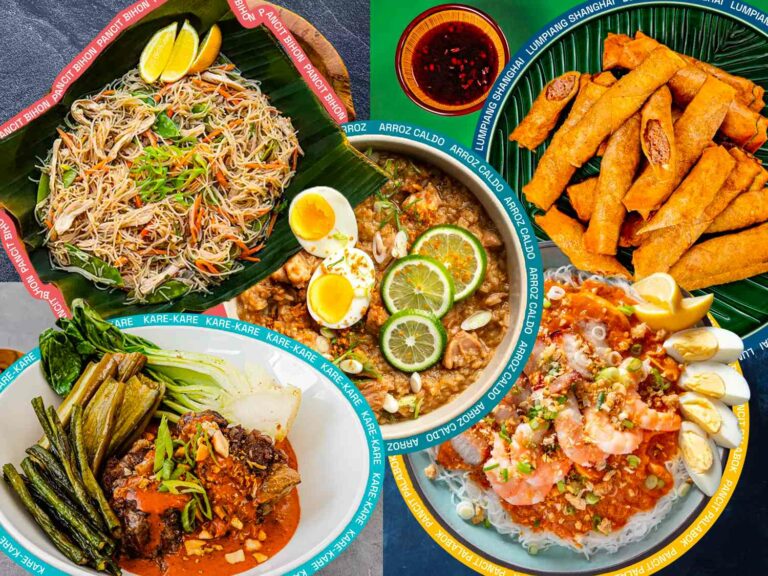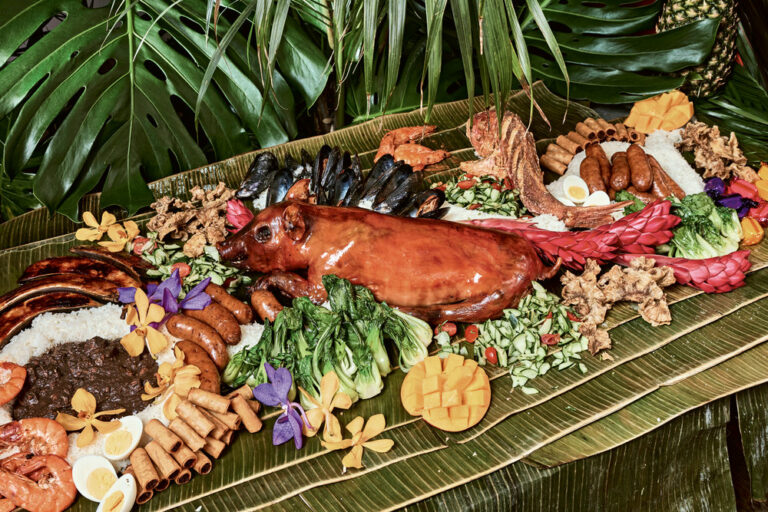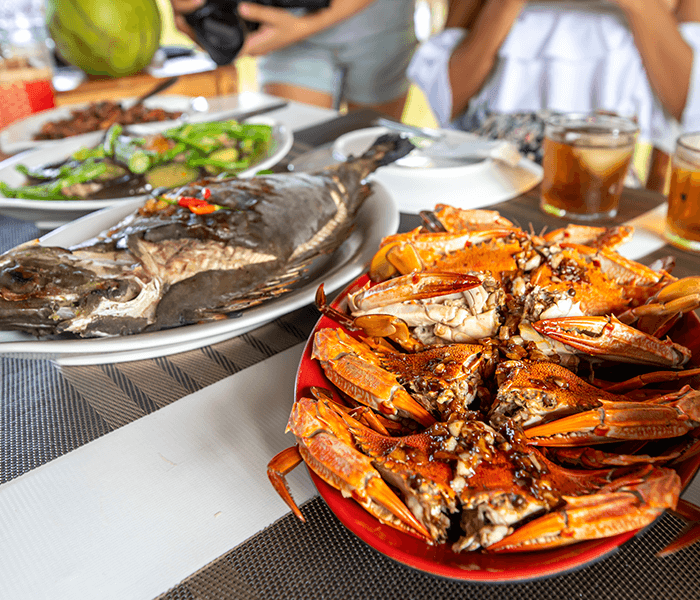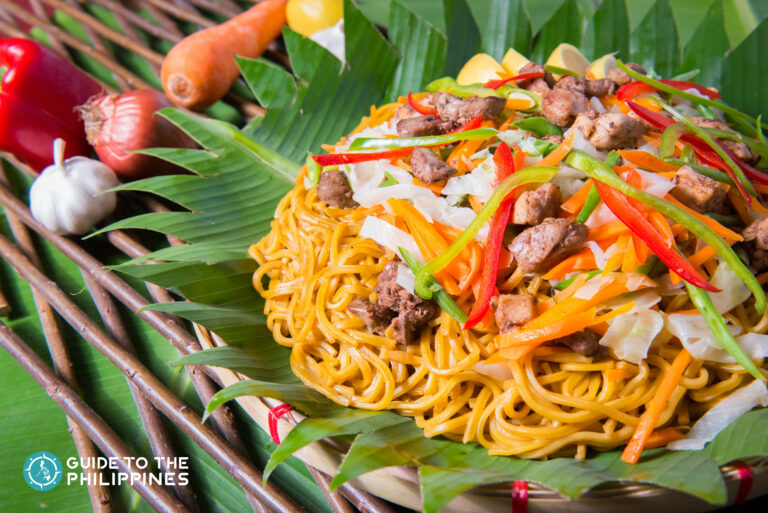Introduction: Filipino Soups and Stews
Filipino cuisine is known for its diverse and flavorful dishes, and soups and stews are no exception. These dishes are an essential part of any Filipino household, and they come in a variety of flavors, depending on the region.
One of the most popular soups in the Philippines is sinigang, which is a sour tamarind-based soup that can be made with pork, beef, fish, or shrimp. Another well-loved dish is adobo, which is a stew made with meat or vegetables cooked in soy sauce, vinegar, and garlic. These dishes are just two examples of the many soups and stews that Filipinos enjoy.
Meat-based Dishes: Pork and Beef
Pork and beef are commonly used in Filipino soups and stews, and they are often cooked until tender and flavorful. In sinigang, pork or beef is slowly simmered in a sour tamarind broth with vegetables like tomatoes, onions, and leafy greens. Adobo, on the other hand, is made by marinating pork or beef in a mixture of soy sauce, vinegar, and garlic, and then stewing it until the meat is tender.
Other meat-based soups and stews in the Philippines include bulalo, which is a beef bone marrow soup usually served with corn and vegetables, and kare-kare, which is a peanut-based stew made with oxtail, beef, or tripe.
Seafood-based Dishes: Fish and Shrimp
The Philippines is a country surrounded by water, so it’s no surprise that seafood is a staple ingredient in many of its dishes. Fish and shrimp are often used in soups and stews, and they are usually cooked in a rich and flavorful broth.
In sinigang, fish or shrimp can be used instead of pork or beef, and the resulting soup has a lighter and more delicate flavor. Meanwhile, ginataang alimasag is a creamy soup made with crab meat and coconut milk, while tinolang tahong is a ginger and onion-based soup with mussels.
Vegetarian Dishes: Vegetables and Legumes
Vegetarian soups and stews are also popular in the Philippines, and they often feature a variety of vegetables and legumes. Pinakbet is a vegetable stew made with eggplant, bitter melon, and other seasonal vegetables, while monggo soup is made with mung beans and leafy greens.
Other vegetarian soups and stews in the Philippines include laing, which is a taro leaf-based stew cooked in coconut milk, and sinigang na miso, which is a sour soup made with miso paste and vegetables.
Spices and Seasonings: An Overview
Spices and seasonings play an important role in Filipino soups and stews, and they add depth and complexity to the dishes. Common spices used in these dishes include garlic, ginger, and onions, while seasonings like soy sauce, fish sauce, and vinegar are used to add flavor and acidity.
In addition, Filipino soups and stews often use herbs like bay leaves, lemongrass, and pandan leaves to infuse the dish with fragrance and flavor.
Conclusion: Filipino Soups and Stews
Filipino soups and stews are a reflection of the country’s diverse culinary traditions, and they offer a range of flavors and ingredients to suit any taste. Whether you’re a meat-lover, seafood enthusiast, or a vegetarian, there is a Filipino soup or stew that will satisfy your cravings. So the next time you’re looking for a comforting and flavorful meal, give one of these dishes a try!

